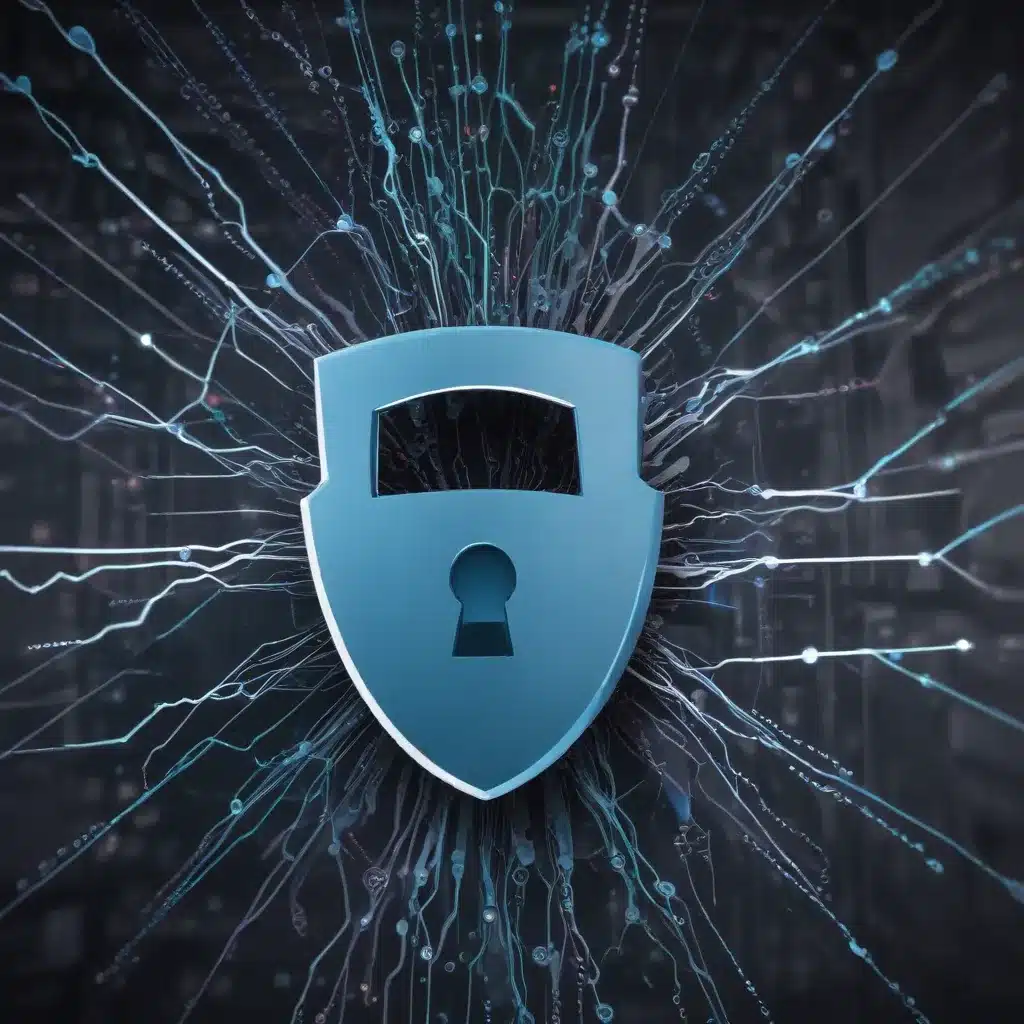
In today’s digital landscape, where cyber threats are ever-evolving and the impact of a successful attack can be devastating, building a robust and resilient business network has become a critical priority for organizations of all sizes. As an experienced IT professional, I’m here to provide you with a comprehensive guide to ensuring the resilience of your business network, from implementing comprehensive cybersecurity measures to crafting a well-defined incident response plan.
Understanding Cyber Resilience
Cyber resilience is a crucial concept that defines an organization’s capacity to withstand, adapt to, and recover from cyber threats and attacks. In the current digital era, cyber attacks are becoming more frequent and sophisticated, posing serious threats to businesses. A cyber breach can have devastating effects, including financial losses, damage to a company’s reputation, and loss of customer trust. There may also be legal liabilities, regulatory fines, and extensive recovery efforts in its aftermath.
Cyber resilience involves preparing for, responding to, and recovering from cyber attacks. It includes implementing measures to prevent breaches and having effective incident response plans in place to reduce risks and limit the impact of an attack. By focusing on cyber resilience, organizations can considerably reduce the chances and severity of cyber breaches.
Comprehensive Cybersecurity Measures
Building cyber resilience starts with implementing robust cybersecurity measures. As an IT professional, I recommend the following steps to ensure the resilience of your business network:
Establish Liaison and Partnerships
Begin by identifying the law enforcement agencies responsible for combating cybercrime within your geographic area. Determine which cybersecurity information and resources they have available publicly or through partnership initiatives. The Secret Service operates Cyber Fraud Task Forces (CFTFs) that can be a valuable resource for your organization.
Study the Legal Framework
Consult with external and internal legal experts who are familiar with technology, data breaches, and cyber incident management. Learn the laws and regulations governing communications, data privacy, information sharing, and monitoring. Understand your organization’s legal responsibilities regarding data protection and data breach reporting under federal, state, local, and international law.
Maintain Cyber Awareness
Continually learn about existing and emerging cyber threats and risk management strategies by participating in cybersecurity events and educational programs. Subscribe to receive timely information about cybersecurity issues, vulnerabilities, and exploits from reputable organizations, such as the U.S. Department of Homeland Security’s National Cyber Awareness System.
Determine Vulnerabilities
Identify network and device vulnerabilities specific to your organization’s operations. Consider all devices, stationary and mobile, with network and data access, including desktop and laptop computers, printers, copiers, IoT devices, and employee-owned mobile devices. Assess how and where your organization backs up data and evaluate vulnerabilities associated with using contracted third-party service providers.
Prioritize and Institute Cybersecurity Measures
Ensure that basic cybersecurity best practices, such as robust passwords, multi-factor authentication, disabling USB storage devices, and perimeter defense (firewalls), are instituted. Consider using data encryption for data at rest and in transit, and implement access controls and network segmentation to limit the availability of mission-critical data.
Monitor Networks
Monitor your organization’s network traffic (internal and external, inbound and outbound) to detect, analyze, prevent, and address cyber incidents. Understand your organization’s responsibilities under relevant laws and regulations when conducting such monitoring.
Develop Policies and Conduct Training
Develop internal policies addressing cybersecurity and incident response. Conduct regular briefings with employees to keep them informed on cybersecurity procedures and responsibilities, and test their awareness to enhance your organization’s cyber resilience.
Incident Response Planning
While implementing comprehensive cybersecurity measures is essential, it’s crucial to have a well-defined incident response plan in place to effectively manage and recover from cyber incidents.
Develop a Communication Strategy
Establish a communication strategy for your organization to implement during a cyber incident. Consider establishing “out of band” communication methods and have preapproved notification templates for law enforcement, regulatory agencies, and, if applicable, the media.
Consider Retaining Legal and IR Services
Retain the services of legal experts and an incident response (IR) firm to assist with decision-making and expedite your organization’s response to a cyber incident. Ensure the IR firm has experience with local data protection laws and regulations, uses forensically sound methods, and has established channels of communication with law enforcement.
Prepare for Evidence Preservation
Implement measures to support evidence preservation, such as maintaining server logs (firewall, event, and active directory) for at least a year and maintaining a current network map. These steps will expedite detection and isolation of an incident, as well as assist with the investigation and prosecution.
Create a Comprehensive IR Plan
Develop a detailed incident response plan that includes specific and concrete procedures to follow in the event of a cyber incident. Your IR plan should cover incident detection and analysis, containment and eradication, and recovery and restoration.
Partnering with IT Fix for Cyber Resilience
At IT Fix, we understand the vital role cyber resilience plays in safeguarding businesses. Our tailored solutions offer robust data protection and backup services, ensuring your valuable data is securely stored and easily recoverable. Additionally, our disaster recovery planning services help minimize downtime by crafting comprehensive strategies tailored to your needs.
We also specialize in business continuity solutions, ensuring your operations remain uninterrupted during unexpected disruptions. With IT Fix, navigate the digital landscape with confidence, knowing your data is secure, operations are protected, and your business is resilient. Contact us today to learn more about how we can help your organization become cyber resilient.
Conclusion
In today’s rapidly evolving digital landscape, building a resilient business network is no longer a luxury, but a necessity. By implementing comprehensive cybersecurity measures and crafting a well-defined incident response plan, organizations can significantly reduce the impact of cyber threats and maintain business continuity.
Remember, cyber resilience is not a one-time solution, but a continuous process of adaptation and improvement. Stay vigilant, collaborate with law enforcement and industry partners, and partner with trusted IT service providers like IT Fix to ensure the long-term resilience of your business network.












